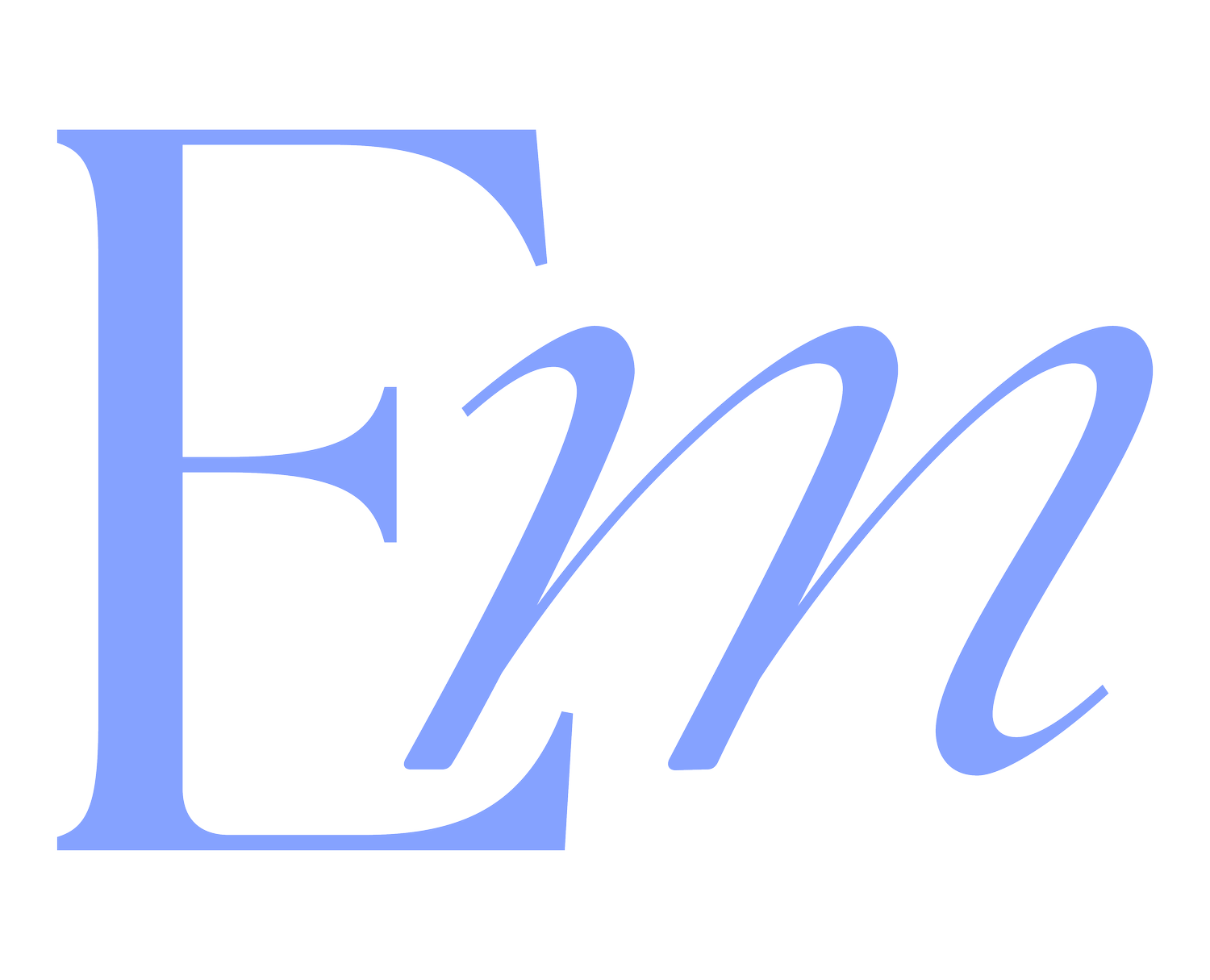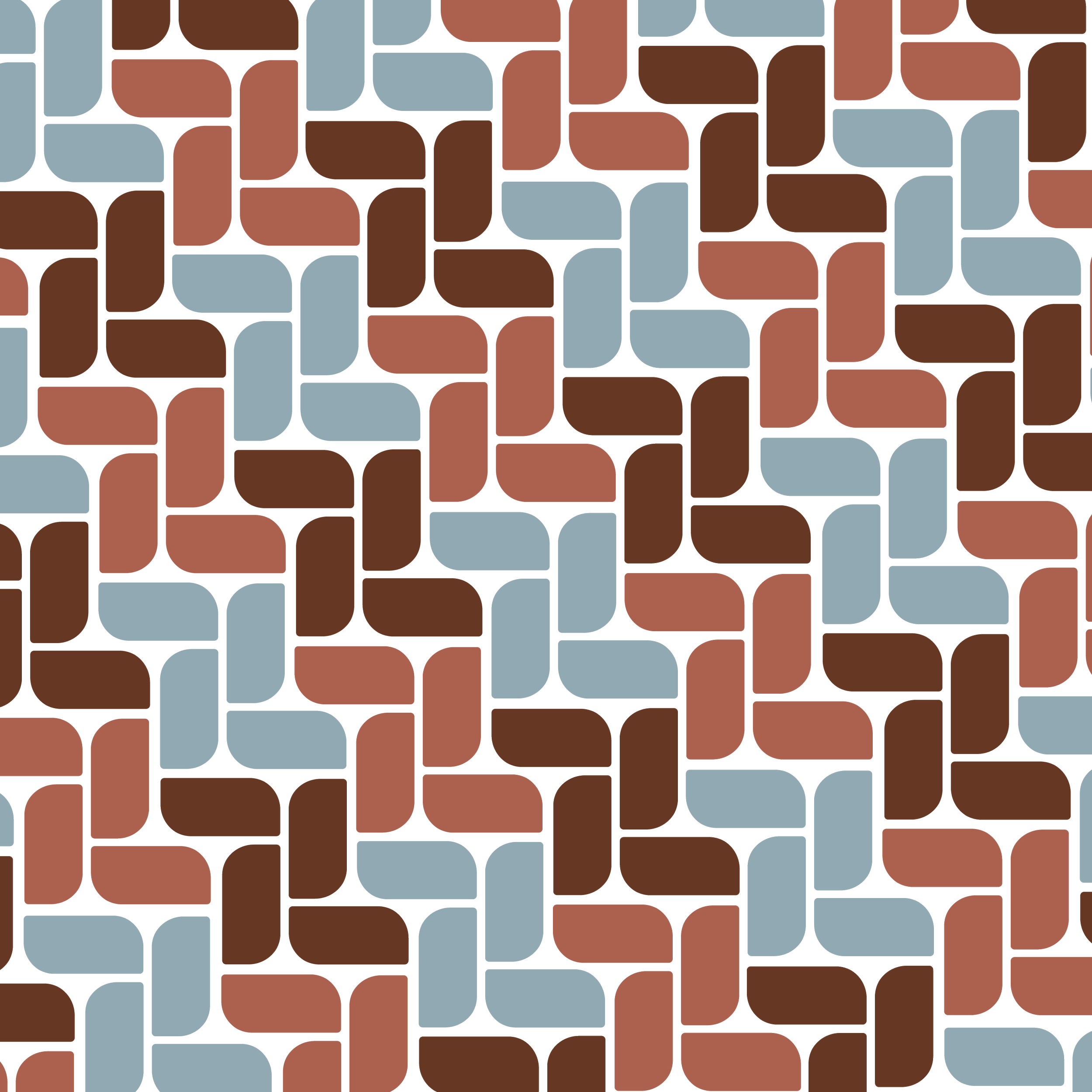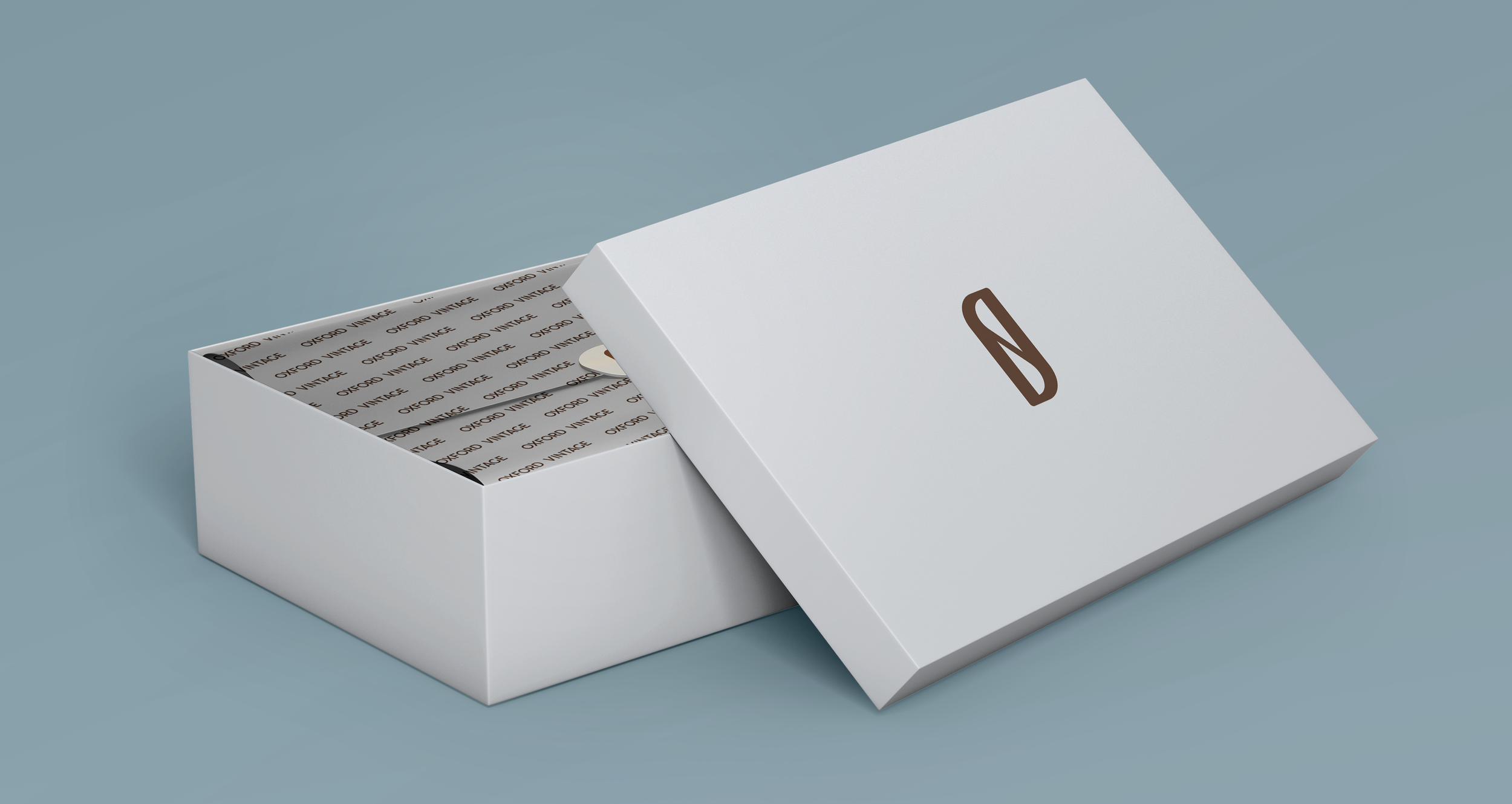Oxford
Timeframe: 5 weeks
Role: Brand designer, UI designer, Package designer
Software: Adobe Illustrator, Adobe Photoshop, Figma
The Challenge
Oxford Vintage was created by a group of fashion students at the elite London College of Fashion who are passionate about making the fashion industry more sustainable within their lifetime. The company needs a distinct brand identity that meshes the worlds of luxury and sustainability.
Building the Brand
To begin, I developed the brand identity with words, choosing mood words and adjectives that describe the brand like high-end, inclusive, sustainable, witty, and inviting. I then moved on to the demographics and psychographics of my target audience so I could get a better idea of who my designs were going to be received by before I started designing. I chose personality words for my audience like non-conforming, witty, mature, caring, cultured, and inquisitive. It was also important to develop the brand's context before moving on to designing the logo so I created the owner's personas and the brand history: a group of fashion students at the elite London College of Fashion who are passionate about making the fashion industry more sustainable within their lifetime.
Developing the Logo
To design the logomark I started by making an exhaustive list of brand adjective words I wanted the logo to symbolize. After experimenting with different types of logos like wordmarks, badges, letterforms, abstracts, and pictorials I received feedback that for my brand a wordmark, letterform, or abstract logo would be most successful.
I designed 62 unique logo options to receive feedback on, exploring the visual relation between an abstract shoe and the brand name. I also continued to explore an abstract letterform that had a visual simile to a footprint.
The two halves of the “O” are visual abstractions of the heel of a shoe, with the “V” and “S” as shown. This abstract icon is the base of the Oxford logo and serves as a representation of the tone of the company. The wordmark was designed after the logomark and follows the width of the diagonal stem as well as the curves of the symbol. The corners are both rounded and sharp just as the logomark is.
To continue designing the brand guidelines, I chose typefaces that meshed with the logo and the overall tone of the brand. Congenial has a playful essence because of its wispy terminals and rounded edges. Montserrat is used for body text and balances the playfulness of Congenial with a readable, straighter, sans serif.
In addition to finding typefaces that represent the brand well, I chose colors that do the same. The three primary colors are deep brown, mocha brown, and stone gray which establish a luxurious tone, while the secondary colors, faded coral and faded sky blue, bring life and youthfulness into the leather-saturated brand.
To design the product packaging I began with a competitive audit. I chose to focus on shoe packaging that prioritized both eco-friendly options and luxury branding. Nisolo’s packaging included information about the brand's focus on sustainability and the more luxurious brands had minimal box designs and included shoe protection like spray or a travel bag in their packaging. The final design is at the intersection of these findings. I designed a pattern from the logo to create the tissue around the shoes and included information about Oxford’s interest in sustainability.
The business card is printed on leather scraps Oxford recieves from a local factory. Giving a second life to leather that would otherwise go in the trash, while paying omage to the founders background in textiles.
The main goal of the website design is to show customers the process of selling and buying from Oxford. Initially, I designed a home page, a page with women’s shoes, men’s shoes, new arrivals, and an about page. Focus was put on carbon-neutral shipping when checking out. After feedback that the website didn’t clarify how the consumer interacts with the brand, I redesigned it.
Starting with the landing page, I added our mission statement, featured collections, testimonials, and most importantly a step-by-step graphic of how the company works. I designed the shop page where consumers would search with filters for shoes to purchase. The last addition is a product information page that appears when a consumer clicks on a specific shoe.






















